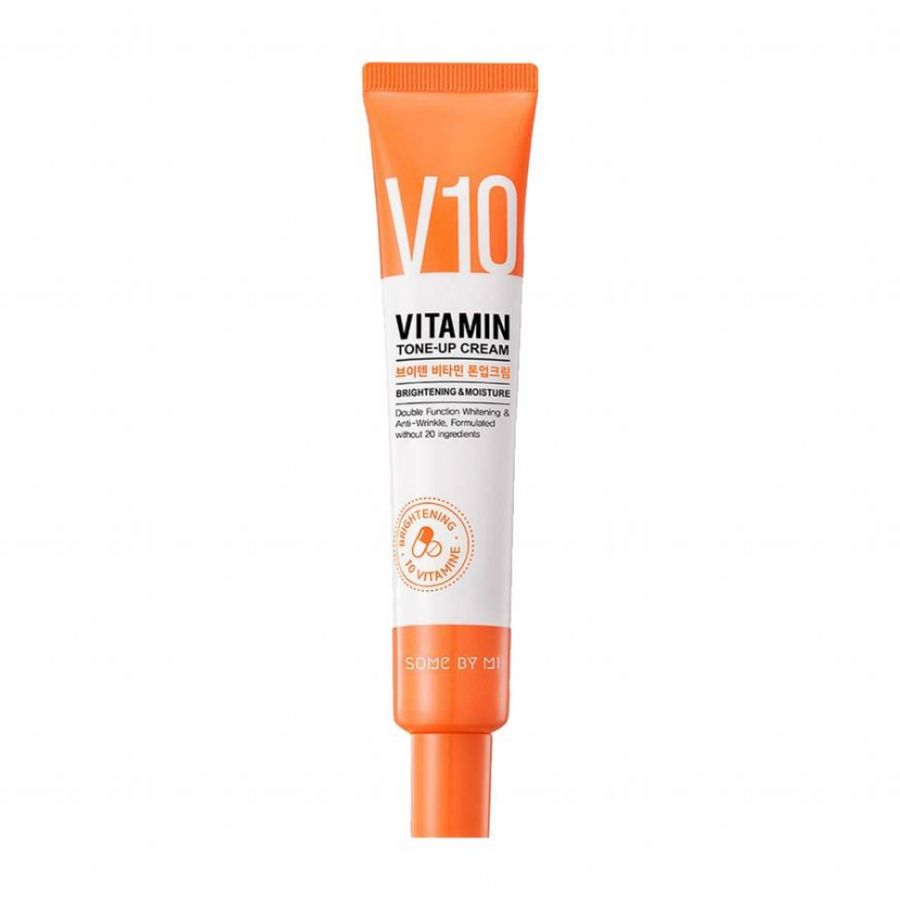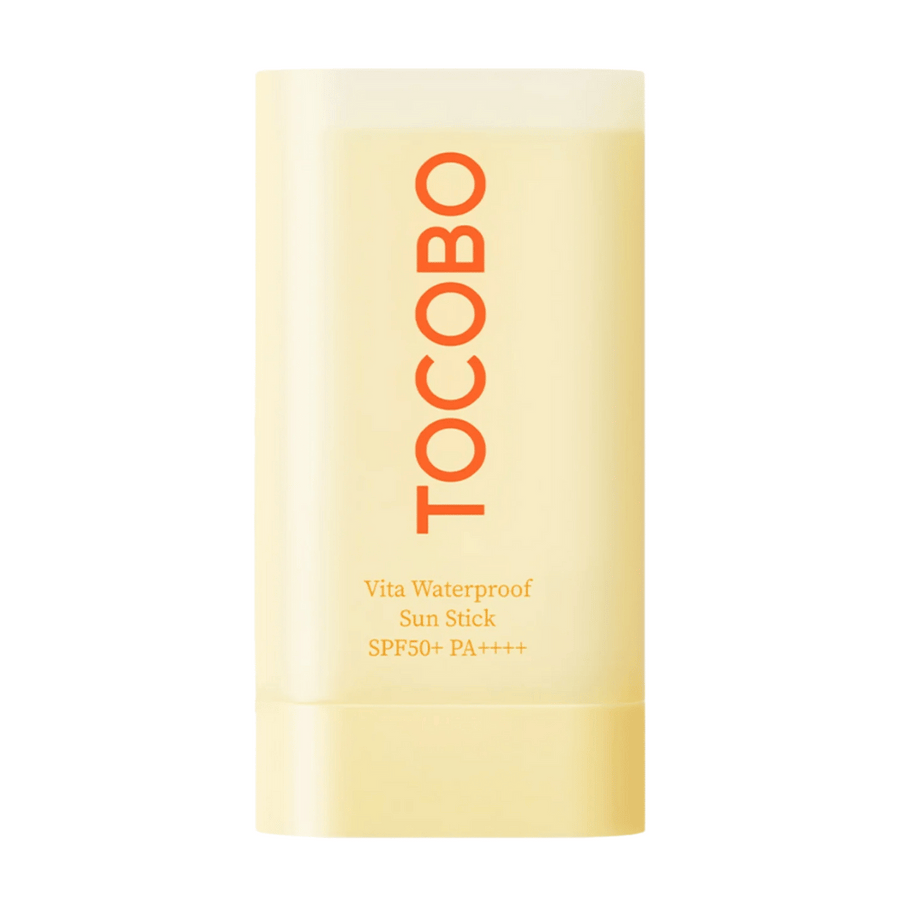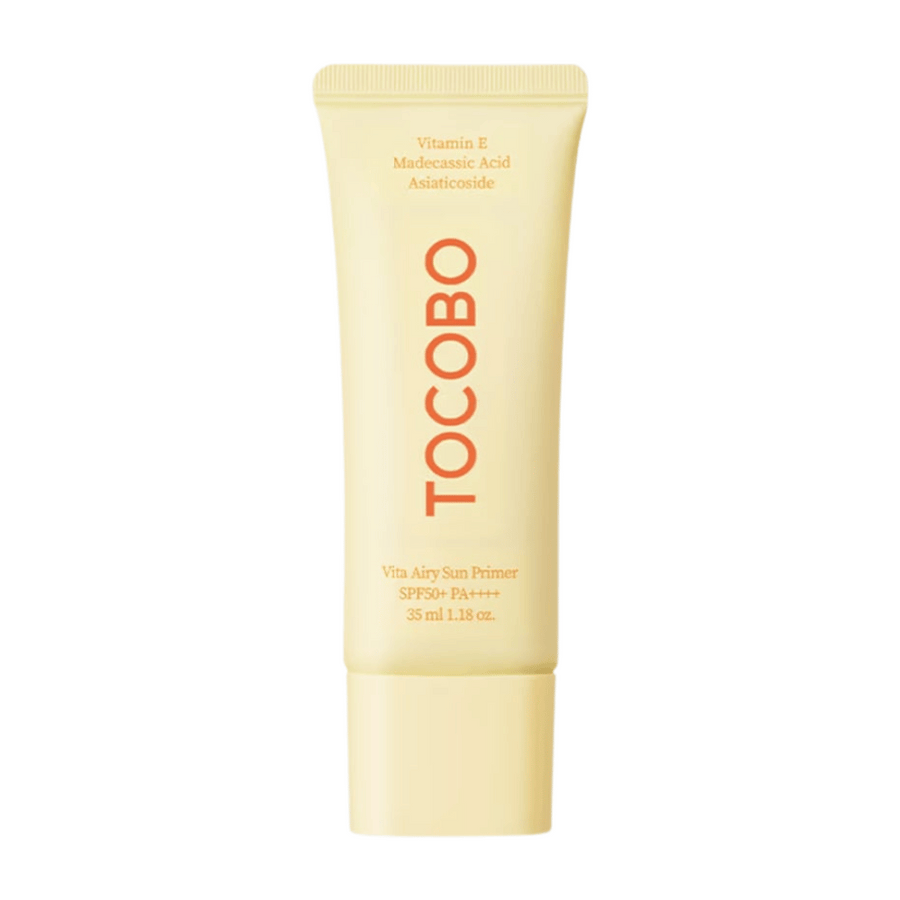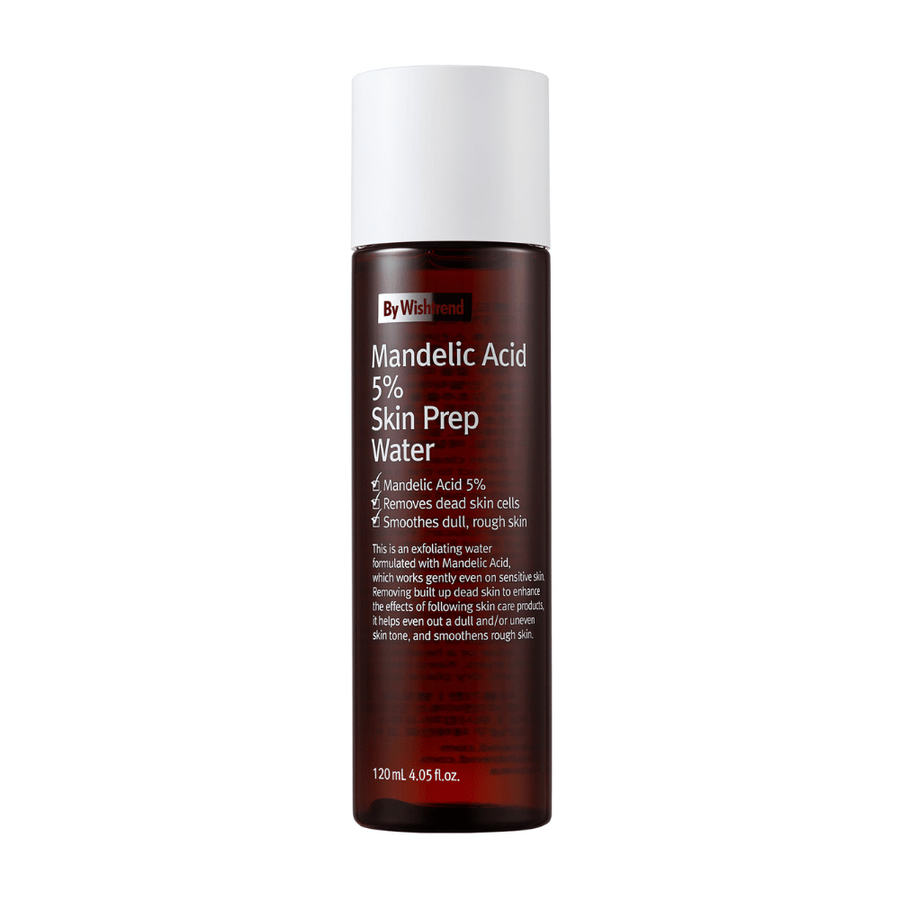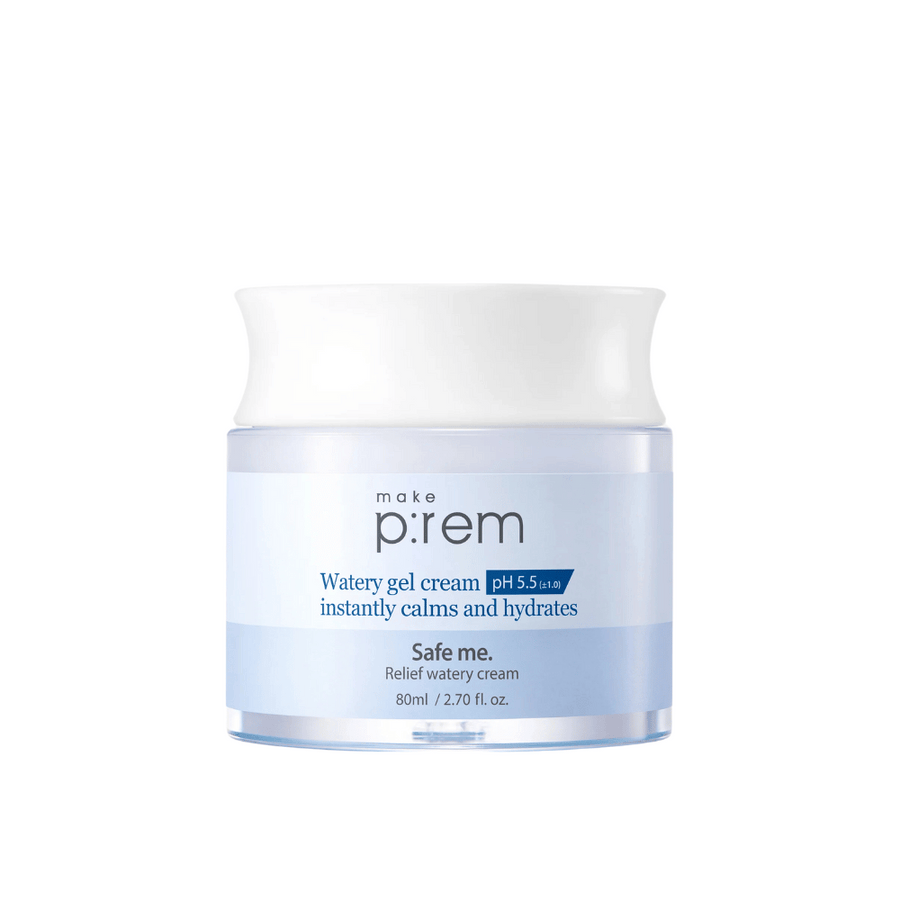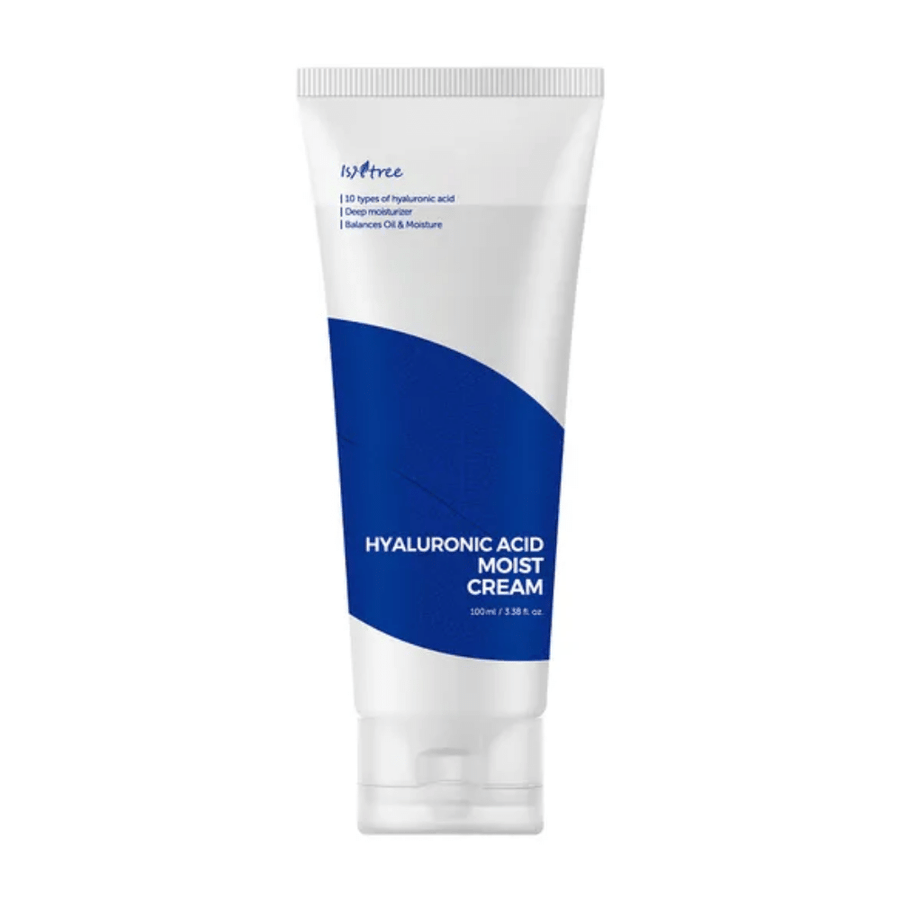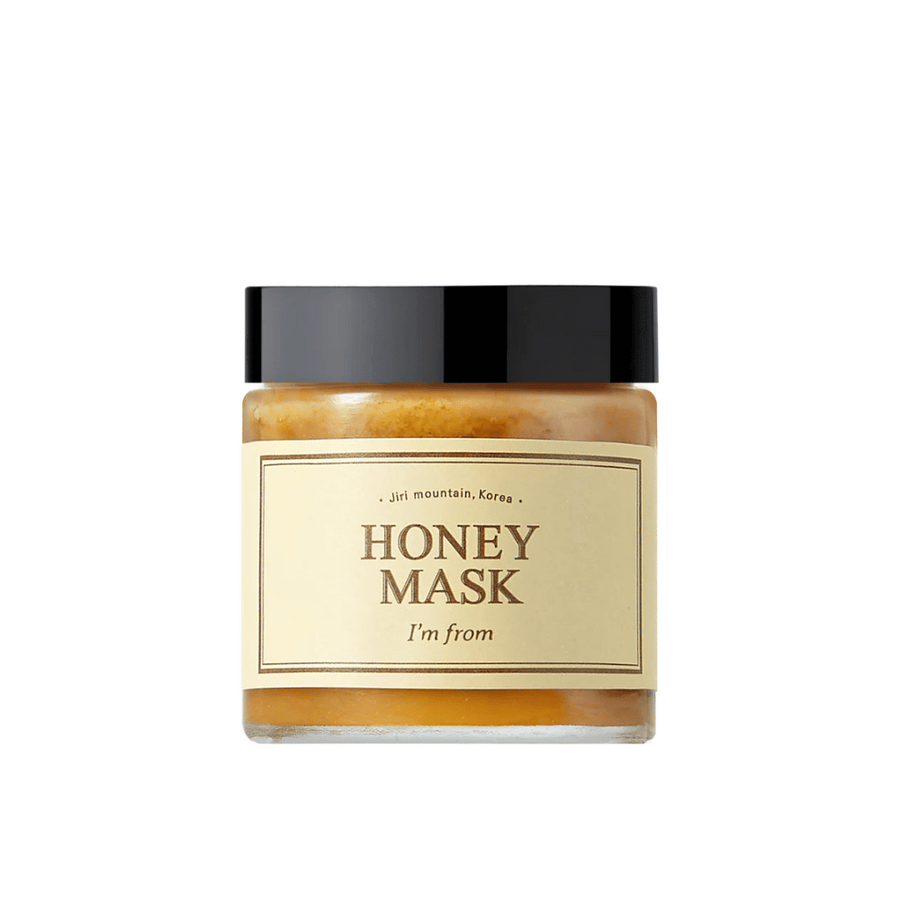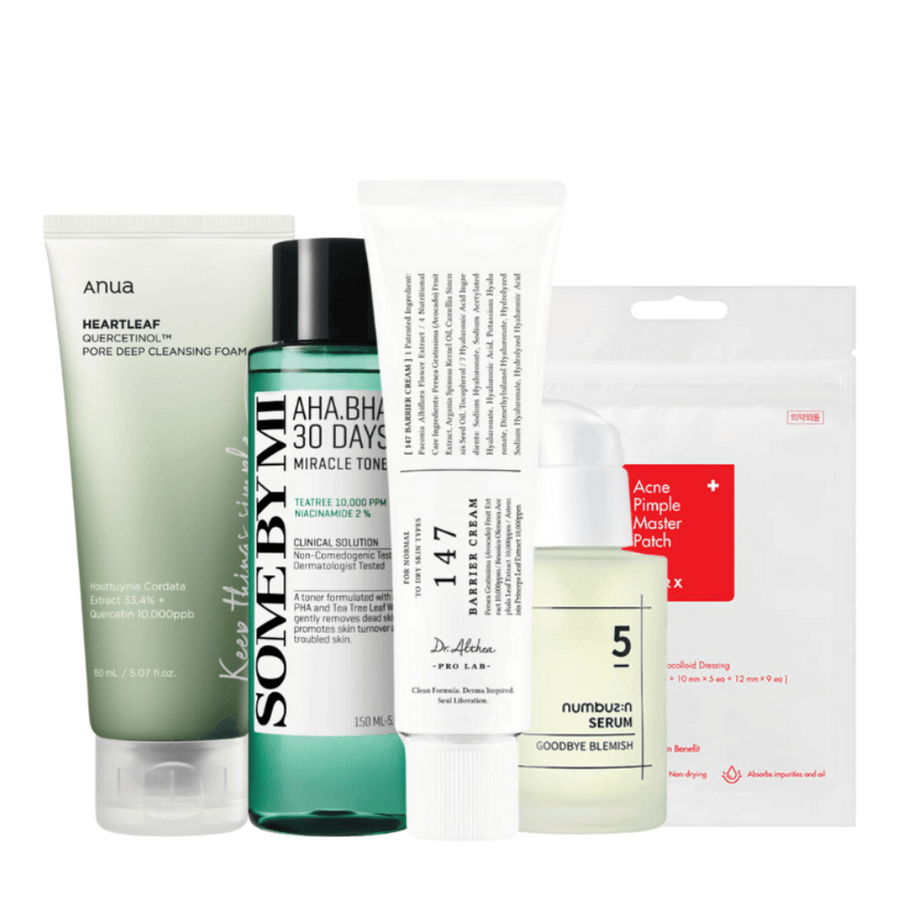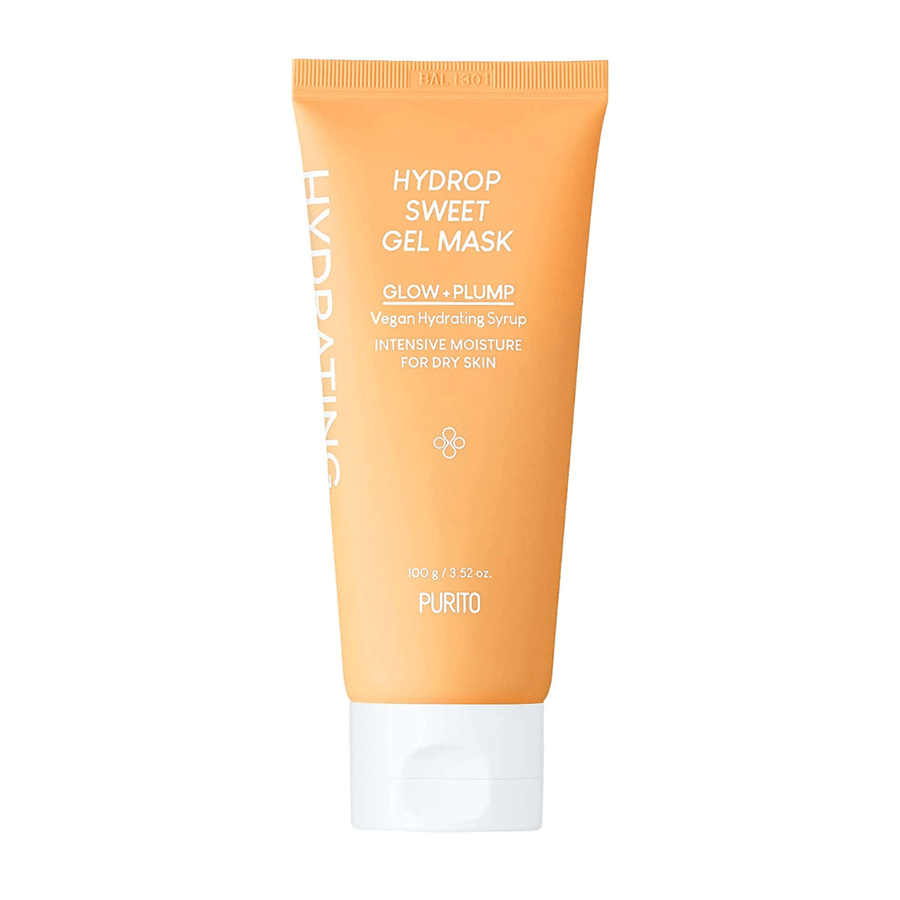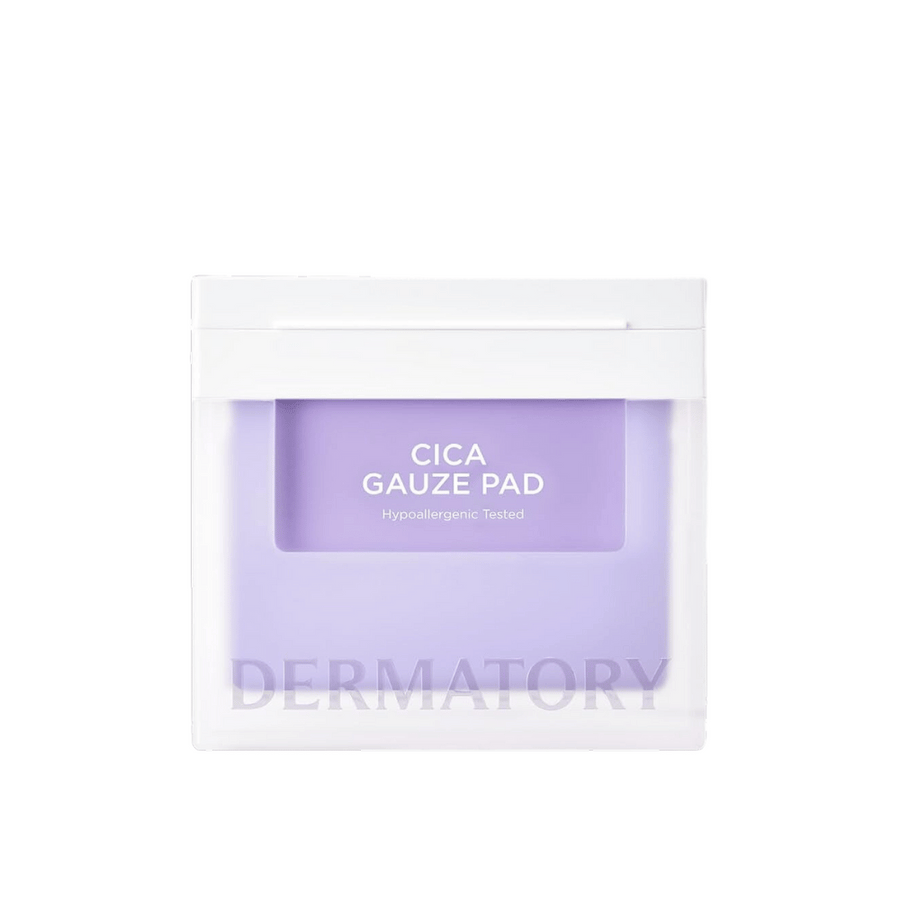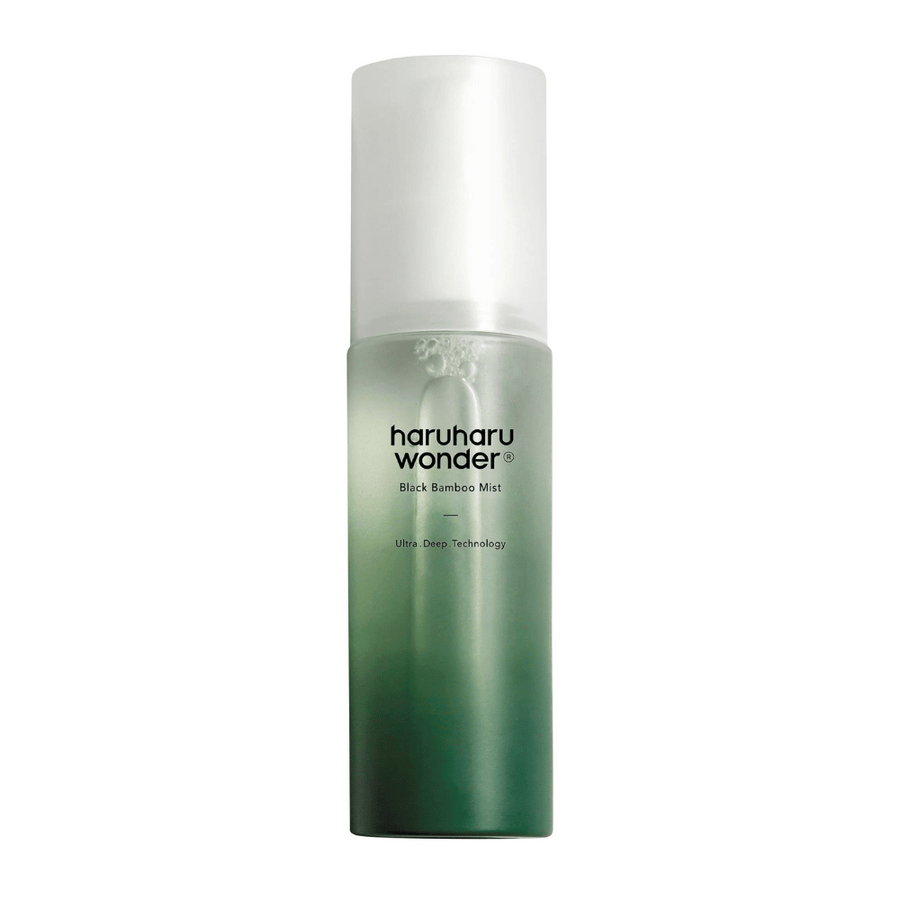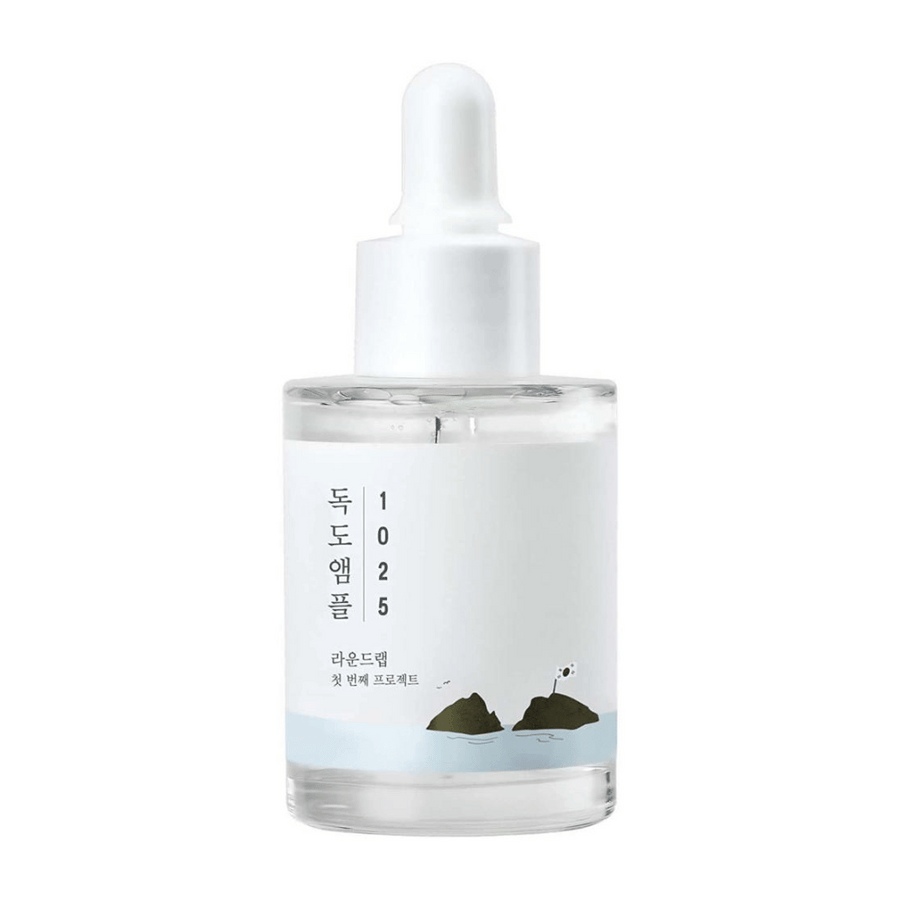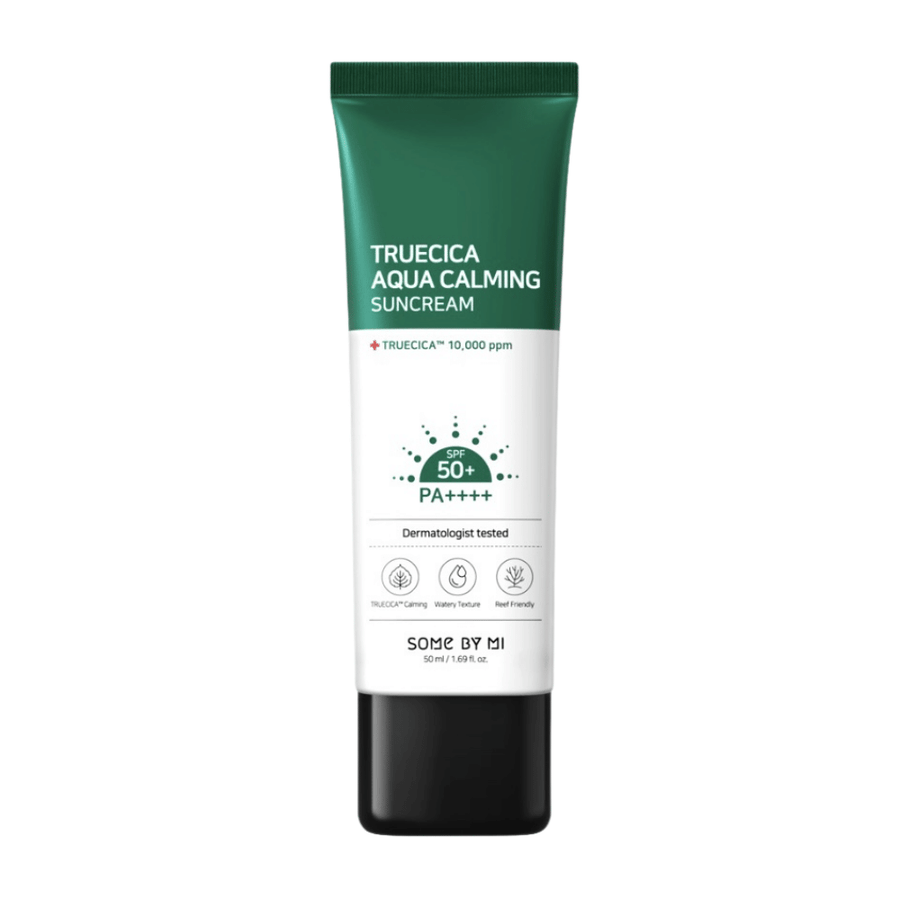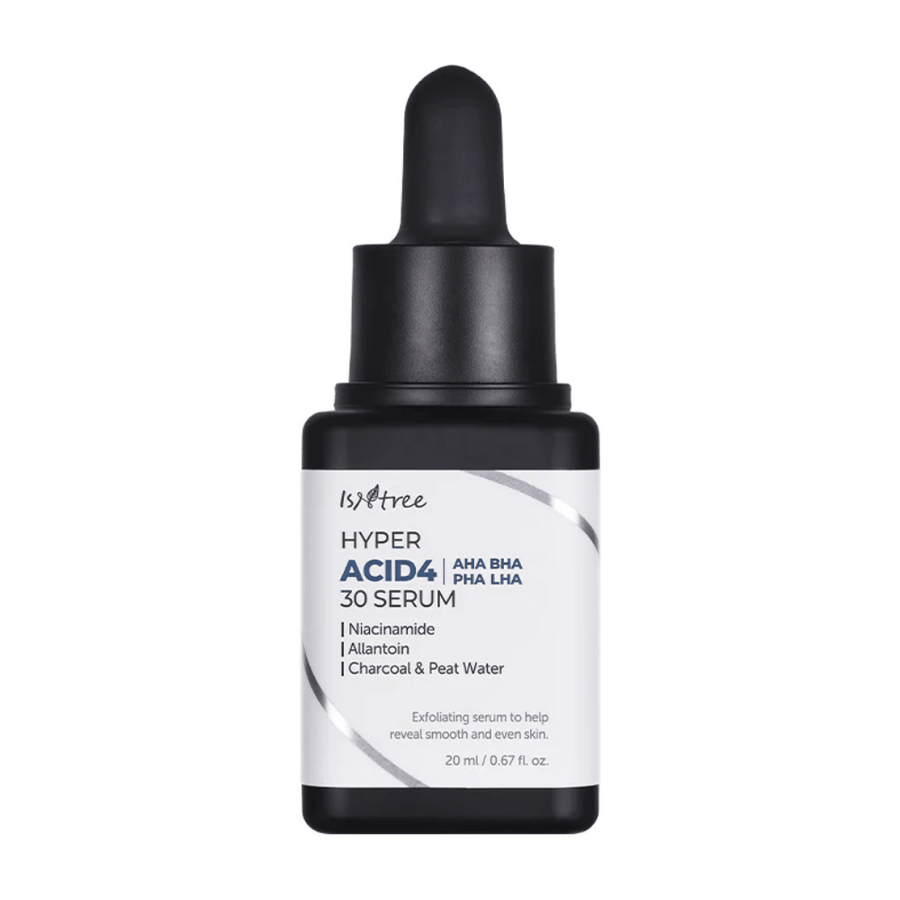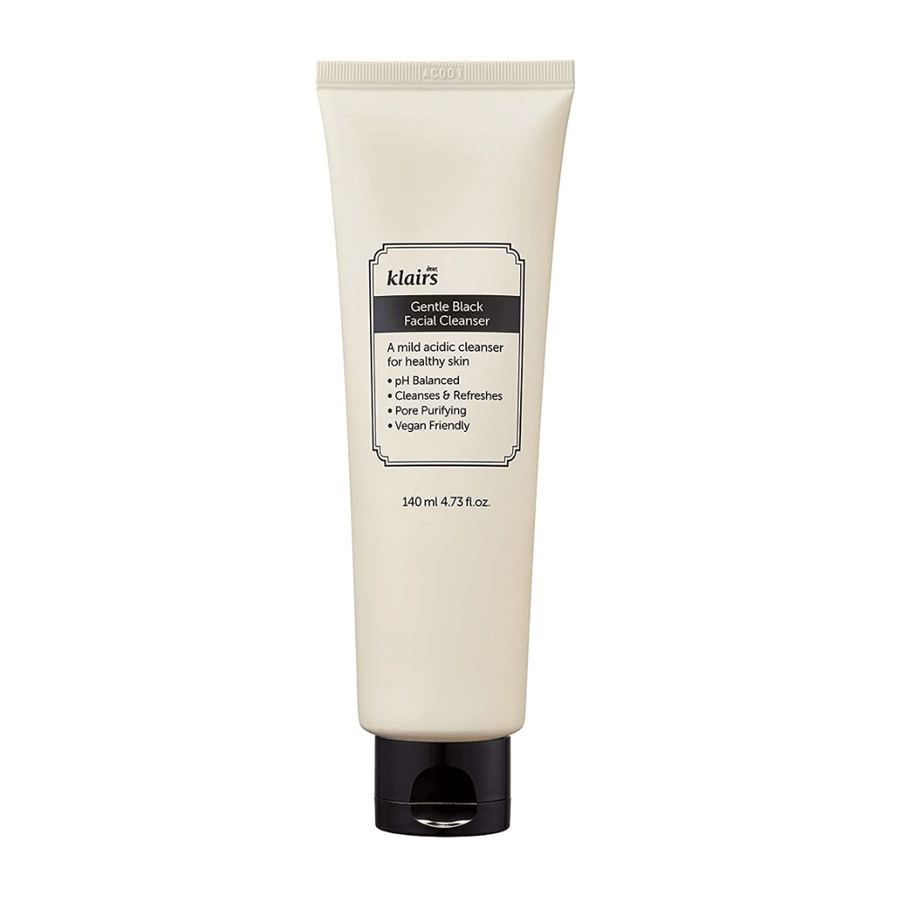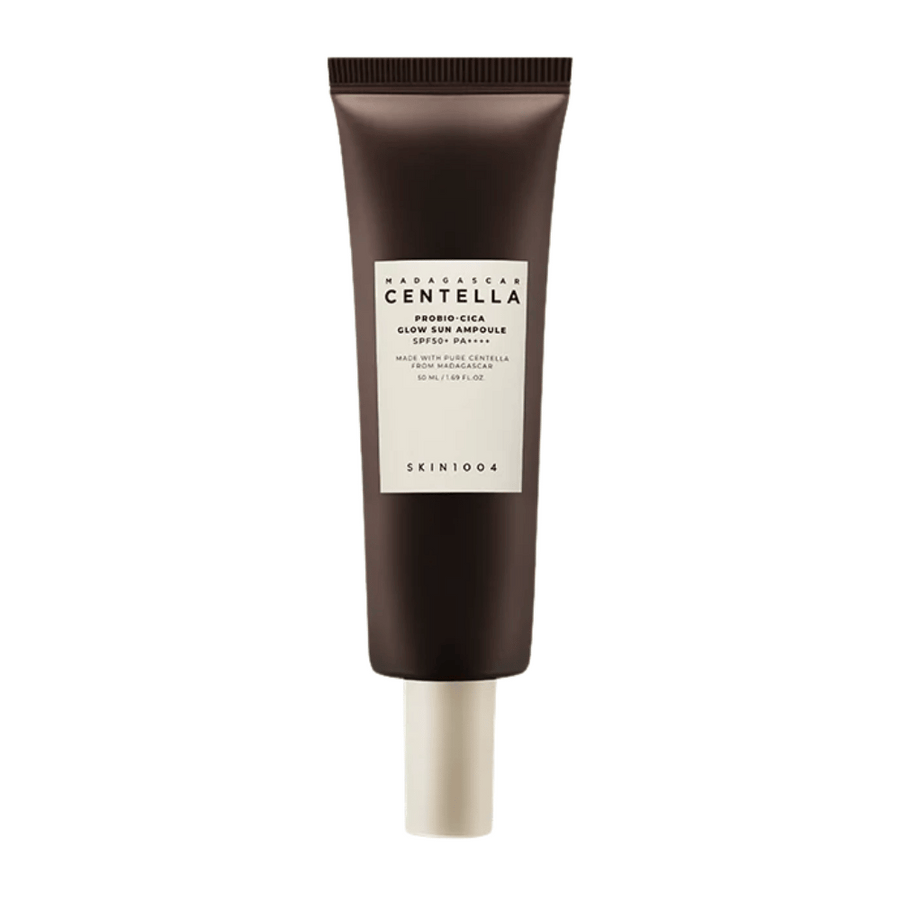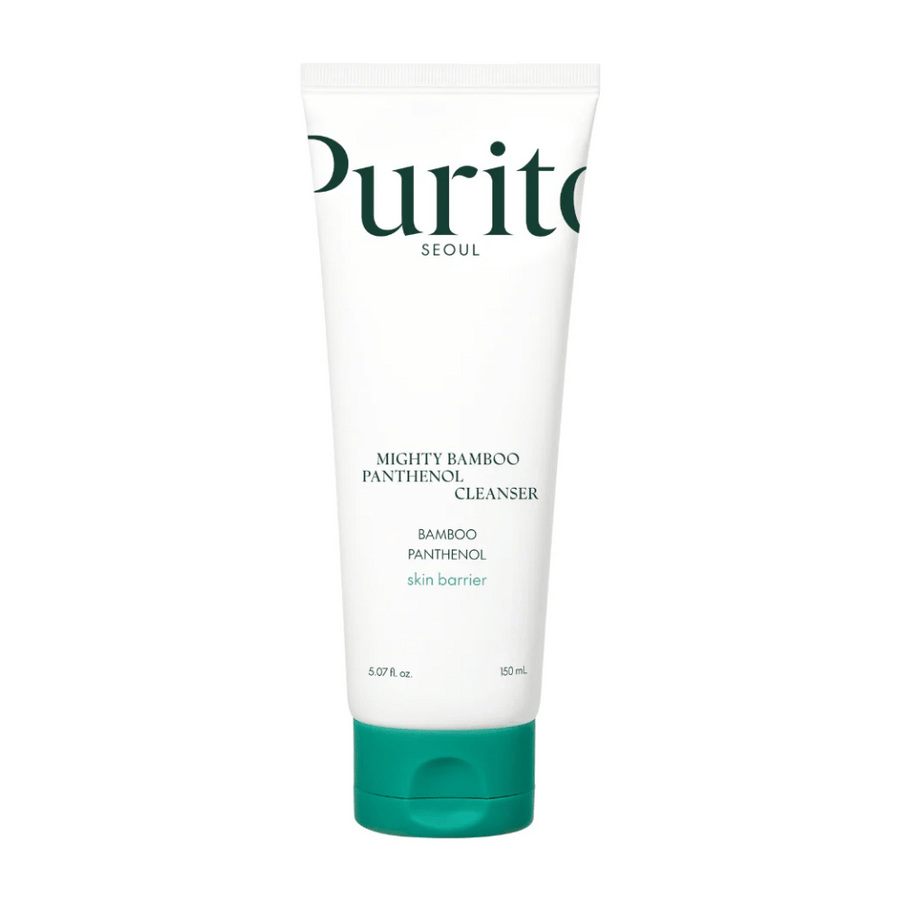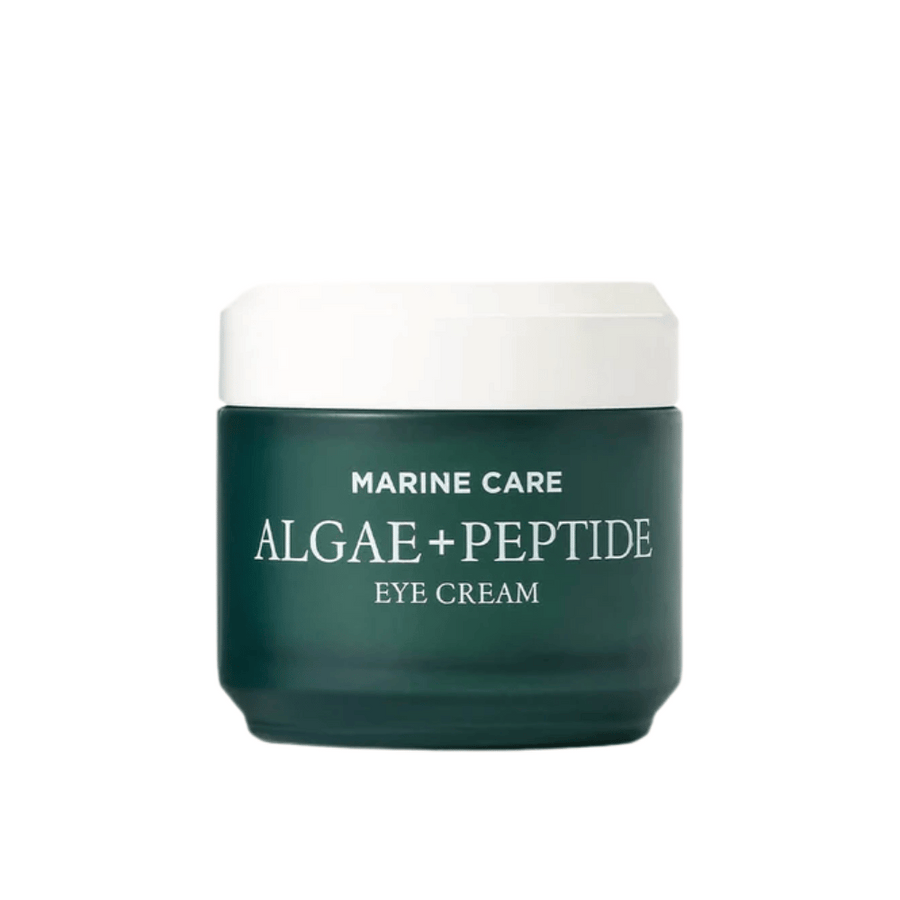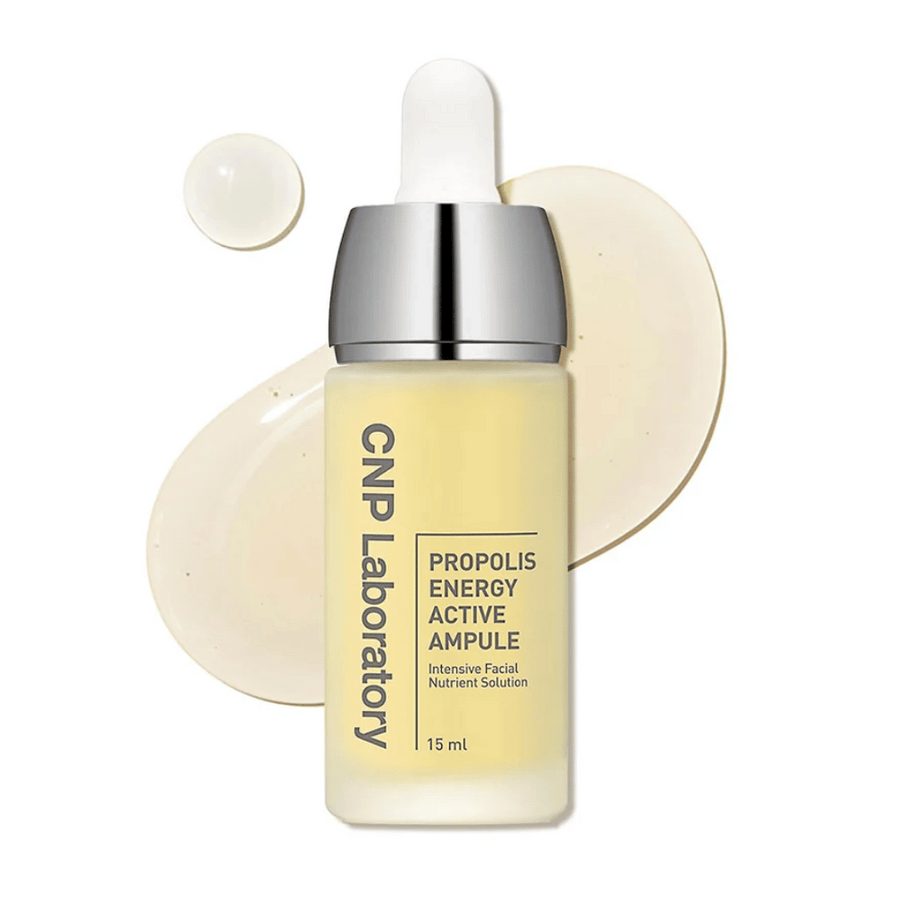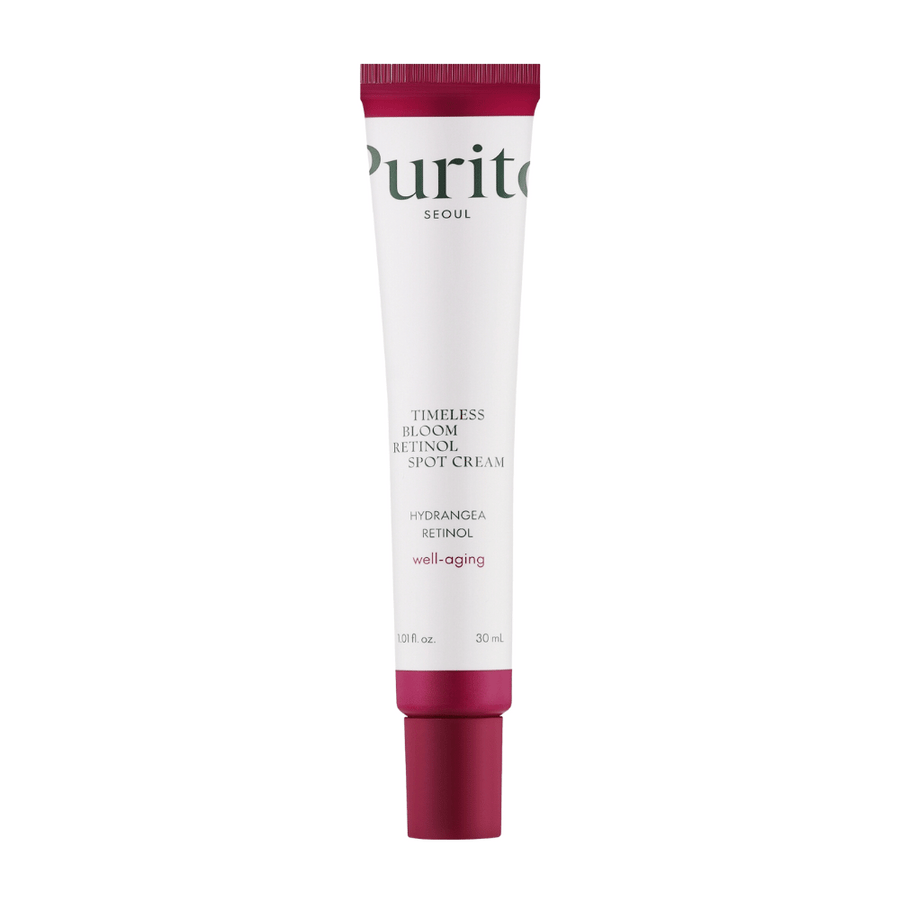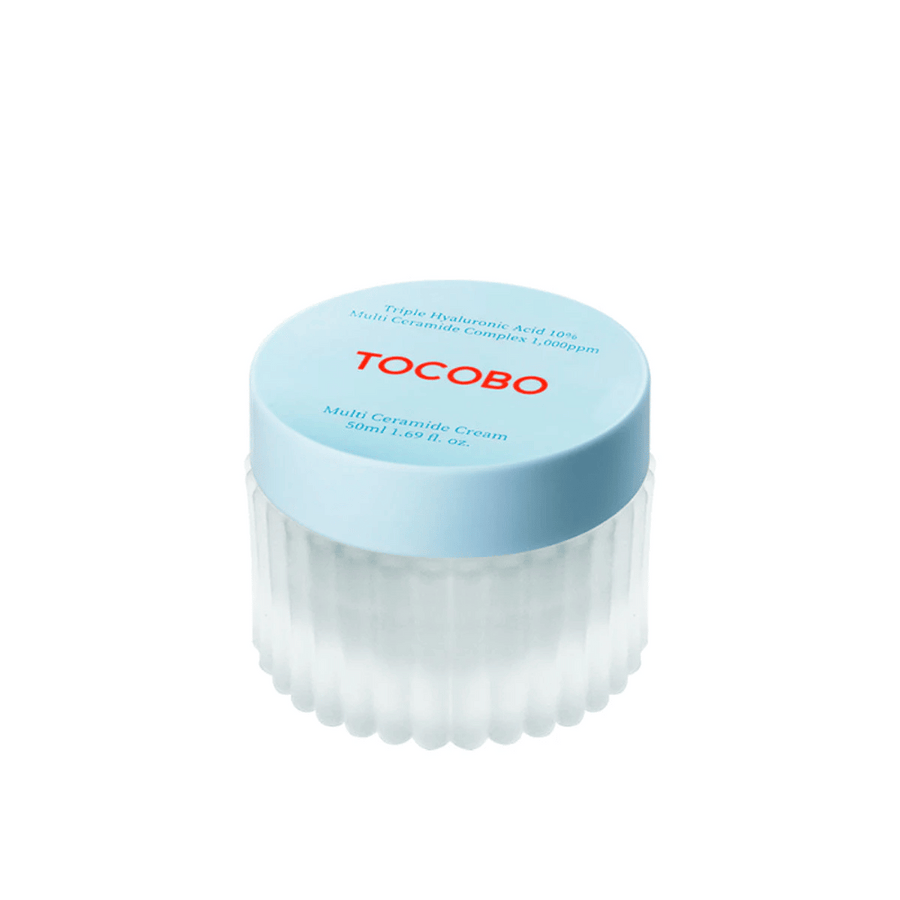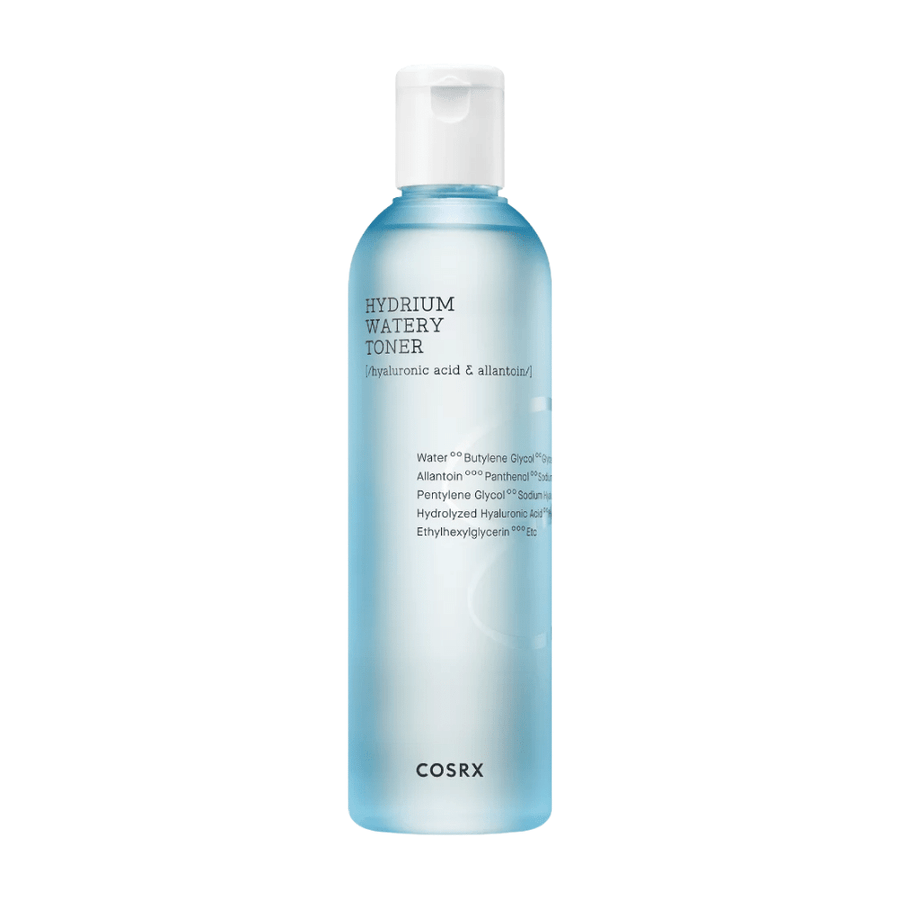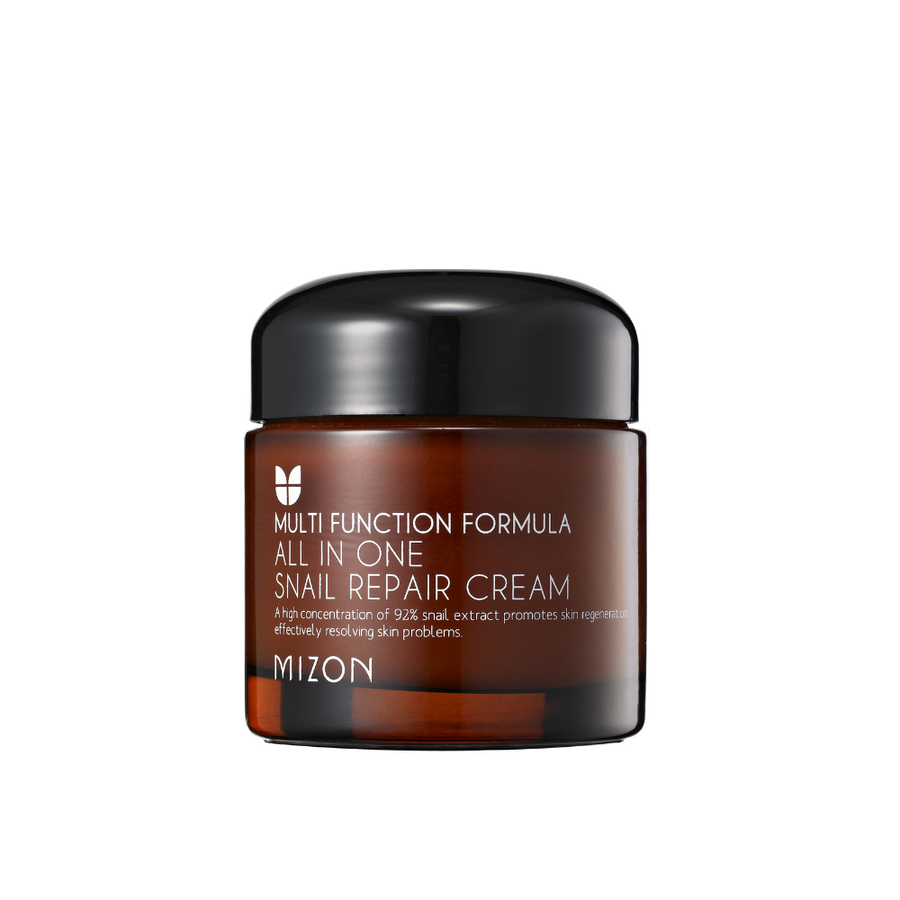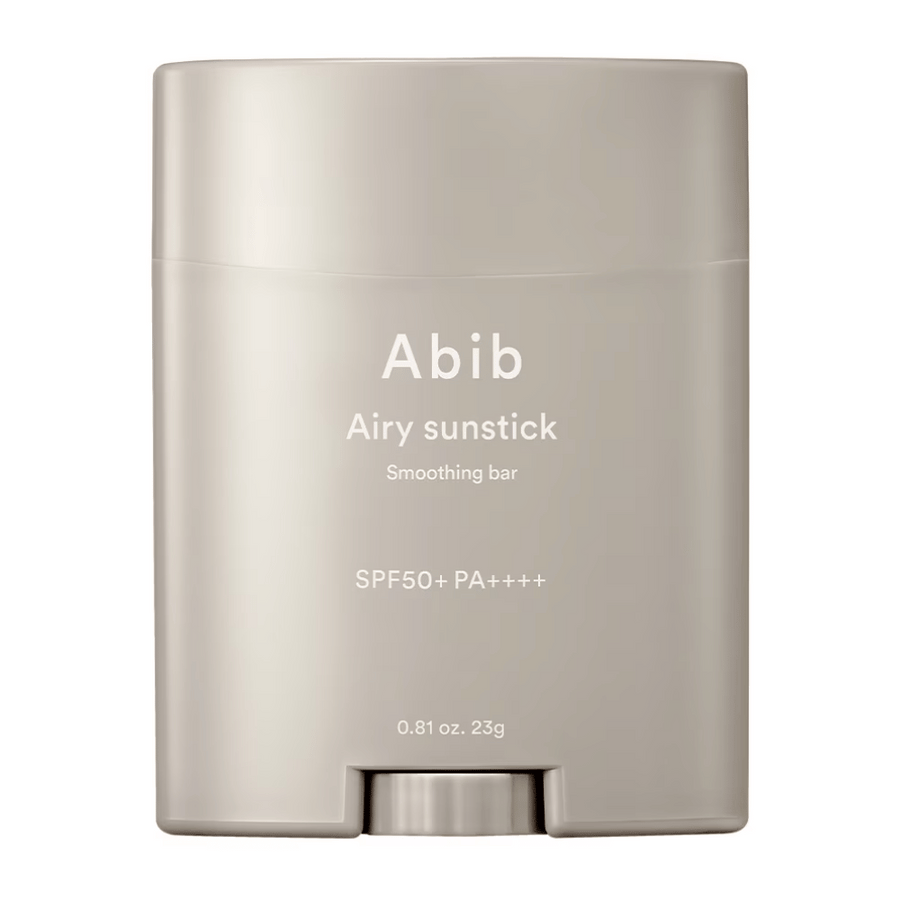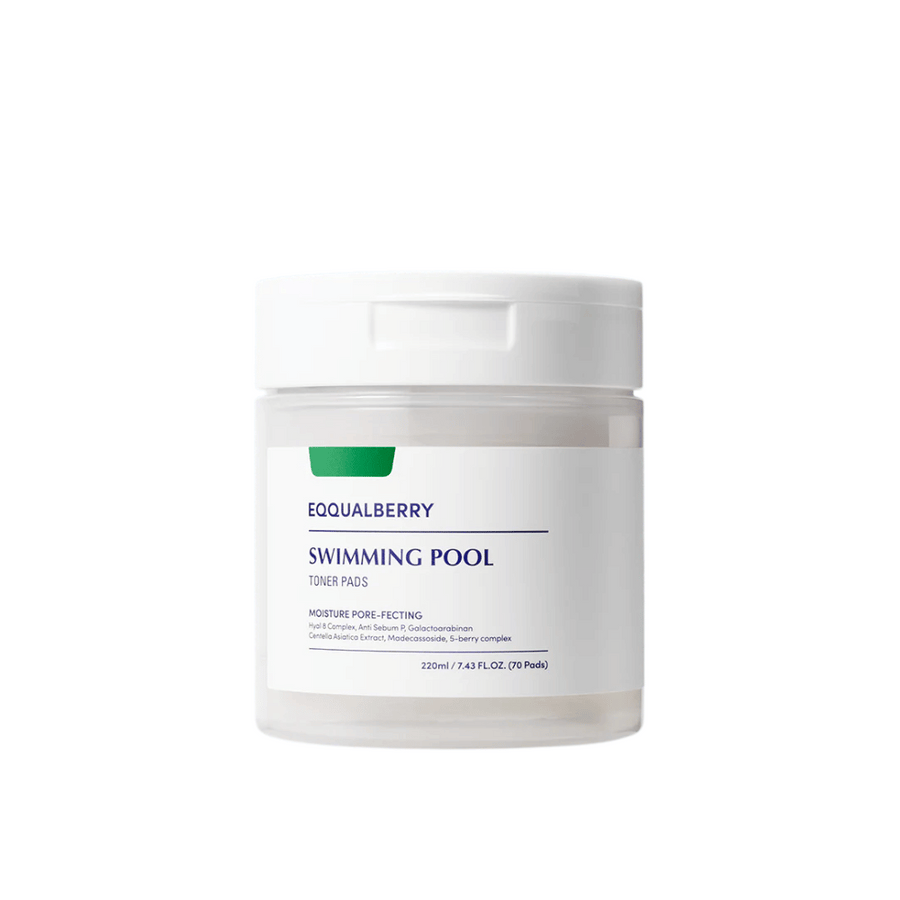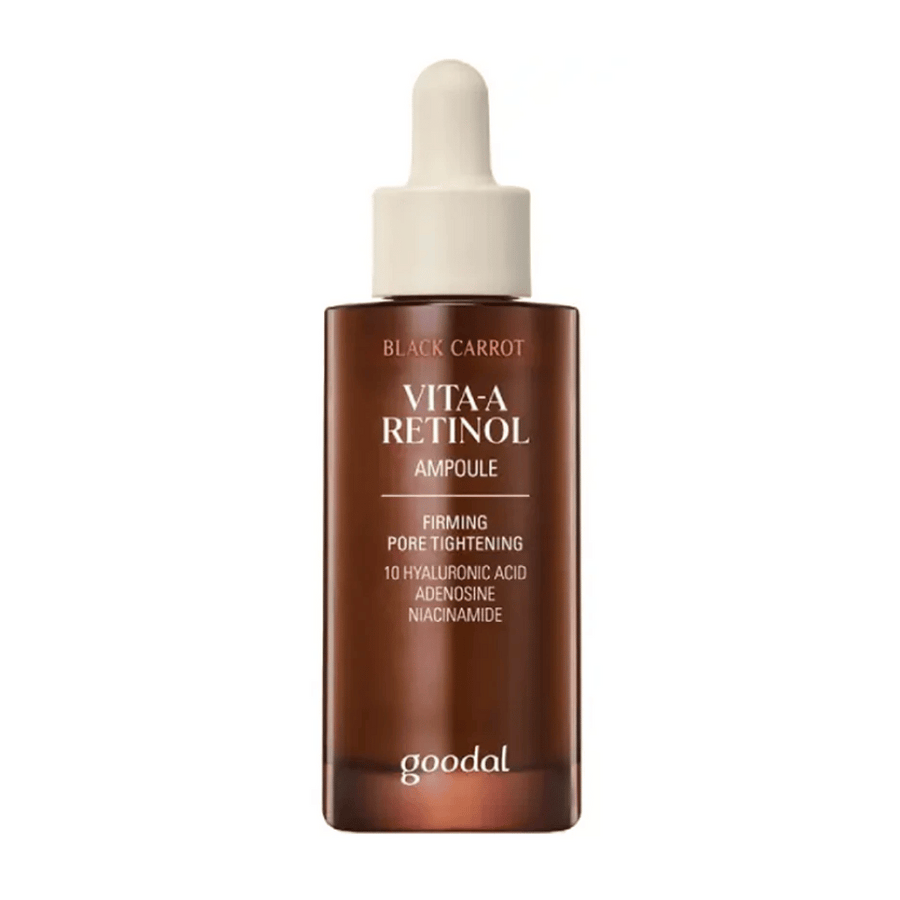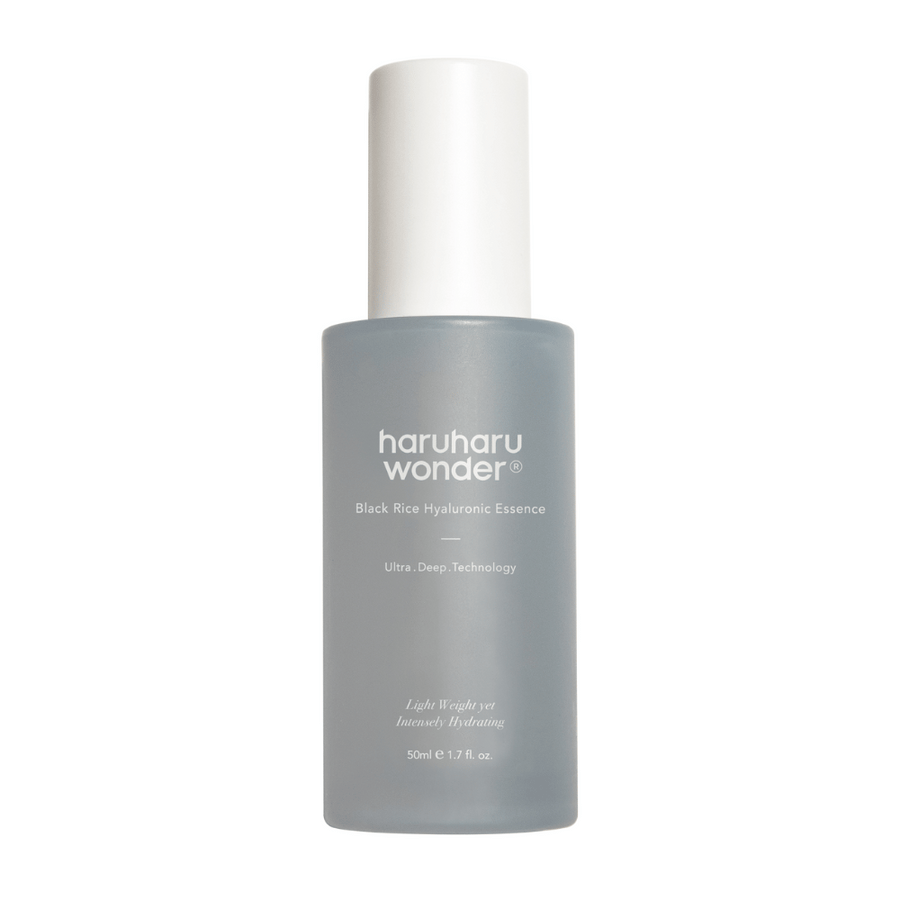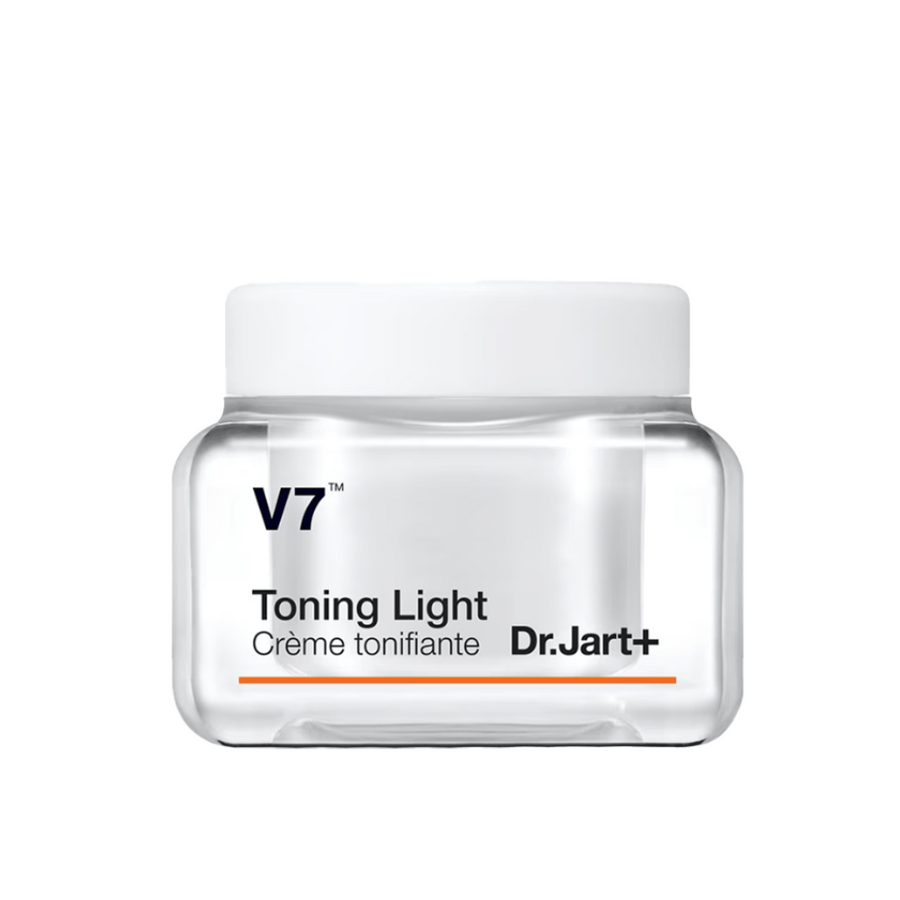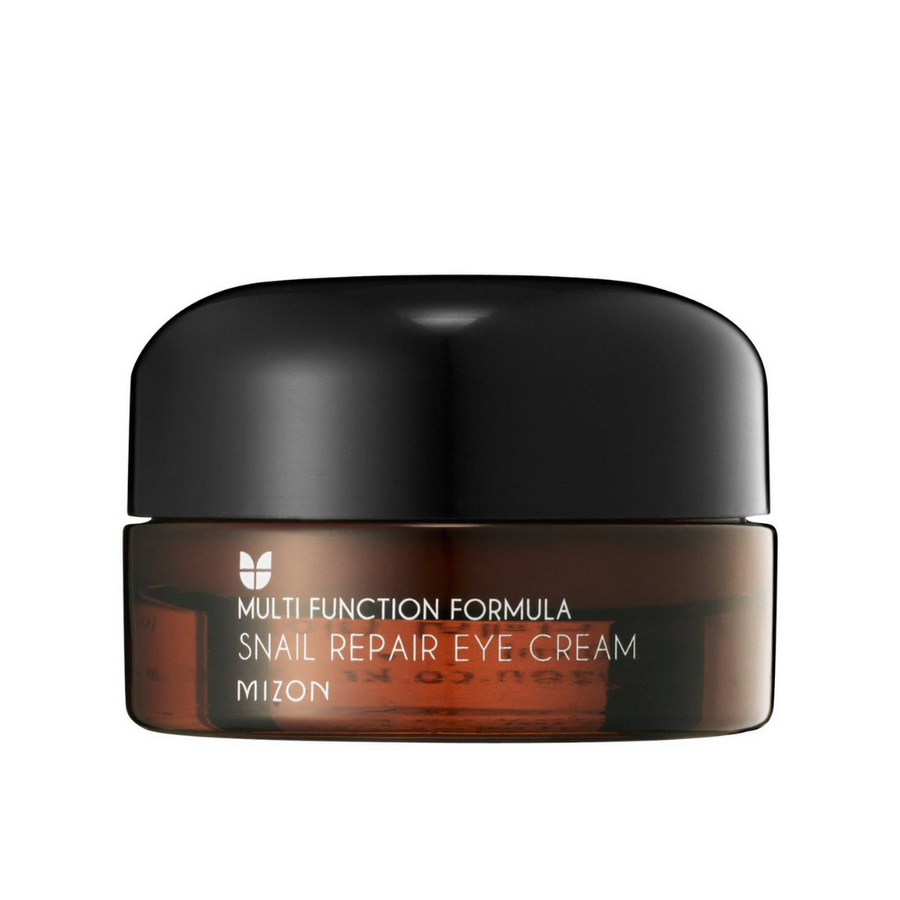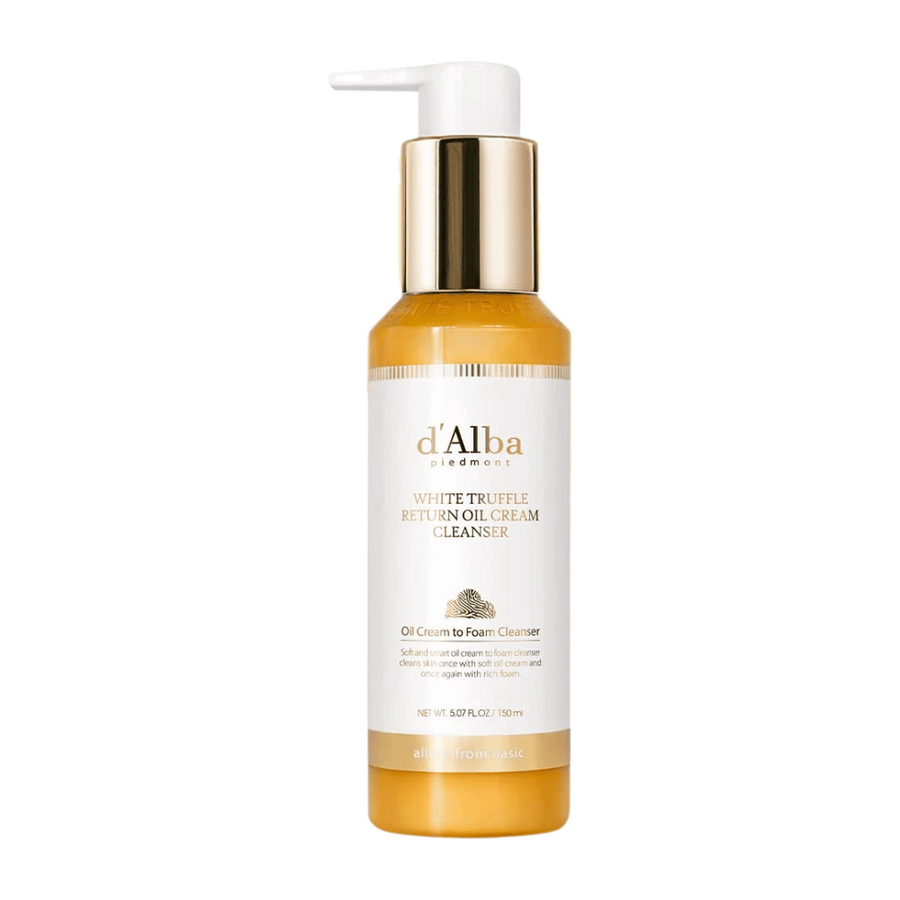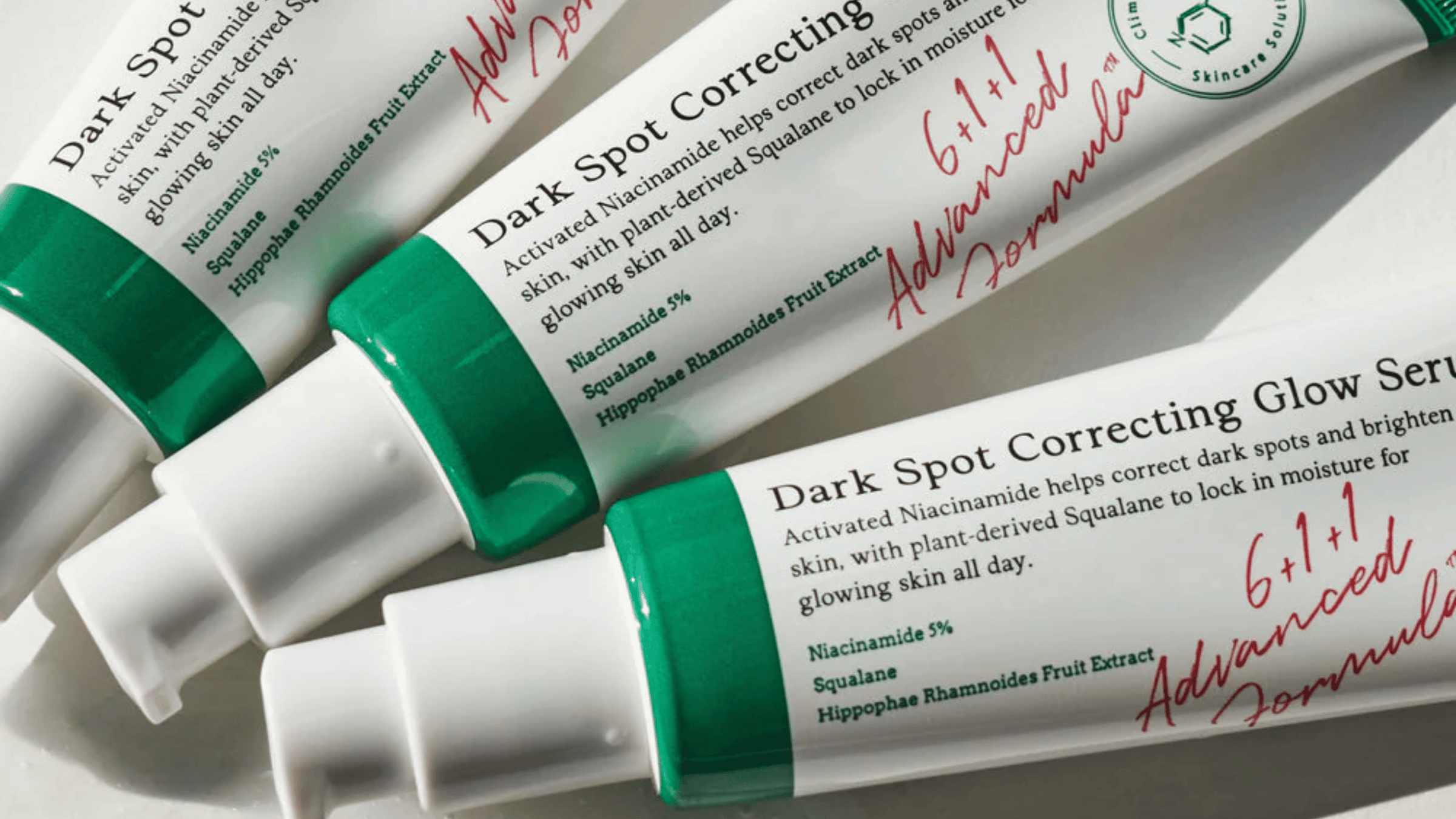
Combination skin is characterized by being both dry and oily in different areas of the face, often with an oily T-zone and drier cheeks. To manage this skin type, Korean skincare, or K-beauty, has developed products and routines that balance and nourish the skin through gentle, natural ingredients. Korean beauty products are known for their focus on natural ingredients such as ginseng, snail mucin, and propolis, which contribute to the skin's health and radiance. They aim to provide moisture and nourishment, which is particularly important for combination skin.
What is combination skin?
Combination skin, also known as mixed skin, is characterized by different areas of the face having different skin types. Typically, individuals with this skin type experience an oily T-zone (forehead, nose, and chin) with larger pores, while the cheeks and jawline tend to be dry or normal. This variation in skin types may require specific care and products to balance and effectively treat the different areas.
How to treat combination skin?
Cleansing
For combination skin, it is important to use a gentle, water-based cleanser that effectively removes impurities without drying out the skin. It is essential not to use overly harsh products that can worsen the skin's balance.
Exfoliation
Regular exfoliation is crucial for removing dead skin cells and promoting an even skin tone. Products with BHA (salicylic acid) are particularly good for combination skin as they help to deeply cleanse the pores and control sebum production in the oily T-zone while being gentle enough for the drier areas.
Moisturizing
It is important to choose a moisturizer that is light enough for the oily areas but still hydrating enough for the dry parts. Many prefer to use different types of moisturizers for different areas of the face. Look for products containing hyaluronic acid and niacinamide that balance and hydrate without weighing down the skin.
Sun protection
Using sunscreen daily is crucial to protect the skin from UV damage, which is important regardless of skin type. For combination skin, a light and oil-free sunscreen is ideal, as it protects without adding extra oil to the skin.
Special treatments
Spot treatments can be used to address specific issues that arise, such as breakouts in the oily T-zone or extra hydration for dry patches. Face masks targeted at different skin needs can be used on specific areas of the face to effectively treat various conditions.
How do you know if you have combination skin?
To determine if you have combination skin, you should closely observe your face after washing it and waiting a few hours without applying any products. If your T-zone becomes shiny while your cheeks feel tight or dry, it is likely that you have combination skin.
What skincare products should be used for combination skin?
For combination skin, it is best to use mild, balancing products that do not worsen the skin's condition. Avoid heavy creams on oily areas and focus on light, moisturizing formulations. Products that contain hyaluronic acid and niacinamide are excellent for moisturizing without adding weight.
What ingredients are best for combination skin?
Hyaluronic acid is known for its ability to retain moisture in the skin, while niacinamide plays an important role in regulating oil production. Furthermore, natural extracts, such as snail secretion and green tea, have shown calming and restorative properties that make excellent alternatives for people with combination skin.
How should one cleanse combination skin?
Cleansing combination skin requires a gentle approach to avoid irritating any of the skin's areas. Use a mild cleanser that can effectively remove excess sebum from the oily areas without overly drying out the dry areas. A gel-based or foaming cleanser is often a good choice.
How often should one exfoliate combination skin?
To avoid excessive irritation, it is recommended to exfoliate the skin about once a week. Exfoliation removes dead skin cells whose buildup can lead to uneven skin tone and clogged pores. Additionally, exfoliation promotes the skin's renewal process and can contribute to a smoother and more radiant skin texture over time. Be sure to choose an exfoliating product that suits your skin type for optimal results.
How can one balance combination skin?
To balance combination skin, it is important to integrate both moisturizing and mattifying products into your skincare routine. Use moisturizing serums or toners all over the face and apply mattifying products or primer only on the T-zone. Regular use of clay masks on oily areas can also help control sebum production.
How do the seasons affect combination skin?
Combination skin can be affected by changing seasons, which requires adjustments in the skincare routine. During the winter months, the dry areas may require more intense hydration due to colder and drier air, while summer can make the oily areas more prone to breakouts due to increased humidity and sweat. Therefore, it is important to adapt your skincare according to the season to keep your skin balanced.
What mistakes should be avoided in the care of combination skin?
There are several common mistakes that people with combination skin often make, which can worsen the skin's condition. One such mistake is using too harsh or drying products on the oily areas, which can lead to increased oil production as a reaction from the skin. Another mistake is overapplying moisturizers on the dry areas, which can make the skin heavy and clogged. It is also important not to skip sunscreen, as UV radiation can damage both dry and oily areas.
By choosing products that are tailored for combination skin type and that contain balancing and moisturizing ingredients, one can create an effective and gentle skincare routine with the help of K-beauty products. Every step, from cleansing to sun protection, plays an important role in addressing the unique challenges that combination skin presents.





